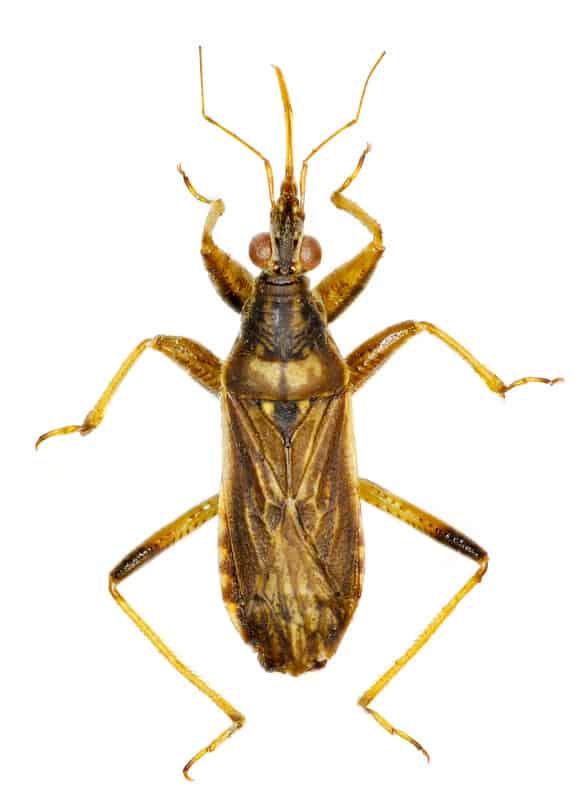Damsel Bug Beneficial Insect
The damsel bug is a beneficial insect. Damsel bugs prey on aphids, leafhoppers, plant bugs, thrips, and small caterpillars. Damsel bugs cause no damage to plants. Several species of damsel bugs are found throughout North America. Scientific name: Family Nabidae How to identify damsel bug Adult damsel bugs are dull gray or brown and have […] More




